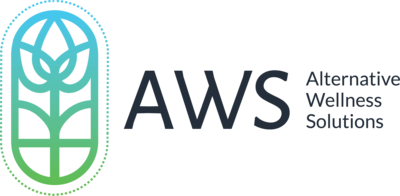What is Candida Overgrowth?
Yeast is a type of fungus found in the gut that aids with healthy digestion and absorption of nutrients. However, when yeast, and specifically one species named Candida Albicans, becomes overpopulated, adverse effects may occur in the vagina, eyes, nails, ears, nose, and other areas of the body.
Indications of infection may include fatigue, joint pain, sinus infection, oral thrush, UTI, diarrhea or constipation, bloating & gas, brain fog, and many other symptoms. Luckily this kind of fungal overgrowth can be treated naturally by maintaining a strict diet and by taking high-quality supplements, including herbal antifungals & probiotics.
Ideally, we want to prevent this Candida overgrowth from occurring in the first place, so here are a few things that you will want to avoid or limit:
Avoid these Candida growth stimulants:
Antibiotics
Steroids
Sugar
Simple carbohydrates
Fruit juice from concentrate
Cows milk and soft dairy products
Processed foods
Gluten
Limit these Candida growth stimulants:
Alcohol
Starchy vegetables (potatoes & sweet potatoes, beets, carrots, peas, etc.)
High sugar fruits (bananas, mango, pineapple, grapes, dates, etc.)
Grains (white rice, brown rice, oatmeal, quinoa, gluten free breads, etc)
Fermented foods
Add these to prevent Candida overgrowth:
Increase water intake
Organic vegetables
Garlic
Bone Broth
Apple cider vinegar
Coconut oil
Organic Meats
Ground flax and chia seeds
If you are presenting some of the symptoms listed above, or if you have been diagnosed with or suspect a Candida infection, the Candida diet (aka yeast-free diet) may be necessary.
To eradicate this fungal overgrowth, you will need to follow a specific protocol for 30-90 days, depending on the severity. To learn more about the Candida Cleanse Protocol, click here. If you have excessive GI distress accompanying the candida overgrowth, you may also want to consider the more advanced Candida Protocol Pack here.


